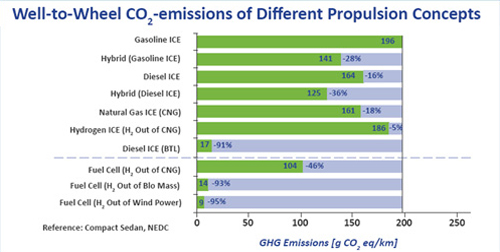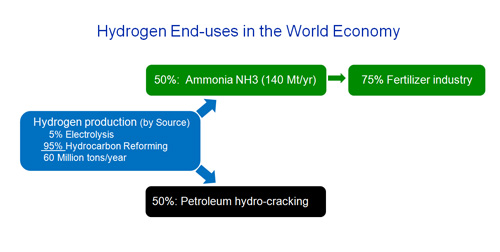Wind energy is carbon-free. This is a significant environmental asset, as energy is responsible for 72% of Global Manmade Greenhouse Gas Emissions.
As a cost-competitive source of electricity, integrating wind energy is challenging. Through a highly interconnected grid, Denmark managed to cover 55% of its power consumption with wind energy. Inherent risks to the stability of electric networks arise with high wind penetration rates. Countries that pioneered wind industries are gradually reaching these limits. Confronted to growing electricity needs, developing countries with smaller grids will find it difficult to access wind energy.
Intermittent wind power generation requires flexible electric networks. Different technologies can be used to increase wind-penetration into the grid. Besides HVDC lines to convey power into wider networks and adjustable demand-driven smart grids, electricity storage is key to access wind energy, particularly in weaker grids.
To avoid negative pricing -or payment for electricity uptake- during windy days, operators often curtail wind power. As a result, wind electricity is lost to ensure grid stability. Although power distribution networks may be robust enough to charge electric vehicles during off-peak time according to EURELECTRIC, additional storage capabilities must be derived. This can also mitigate harmful urban emissions where air quality issues are critical.

By extending the range of electric-mobility, alternative fuel cell vehicles powered by wind-generated hydrogen have the lowest well-to-wheel CO2-emissions. Replacing fossil fuels burnt in low-efficiency combustion engines by an inexhaustible source of green hydrogen changes paradigms. As 15% of global CO2 emissions come from the transport sector, climate change imperatives can be tackled.
Since Morocco holds 68% of the world's phosphate reserves -a key ingredient in fertilizer industries- Sahara Wind's renewable hydrogen production accelerates today’s energy transition. Indeed, as transport and automotive industries will take time to shift technologies, fertilizer upgrades are the main hydrogen end-users.




